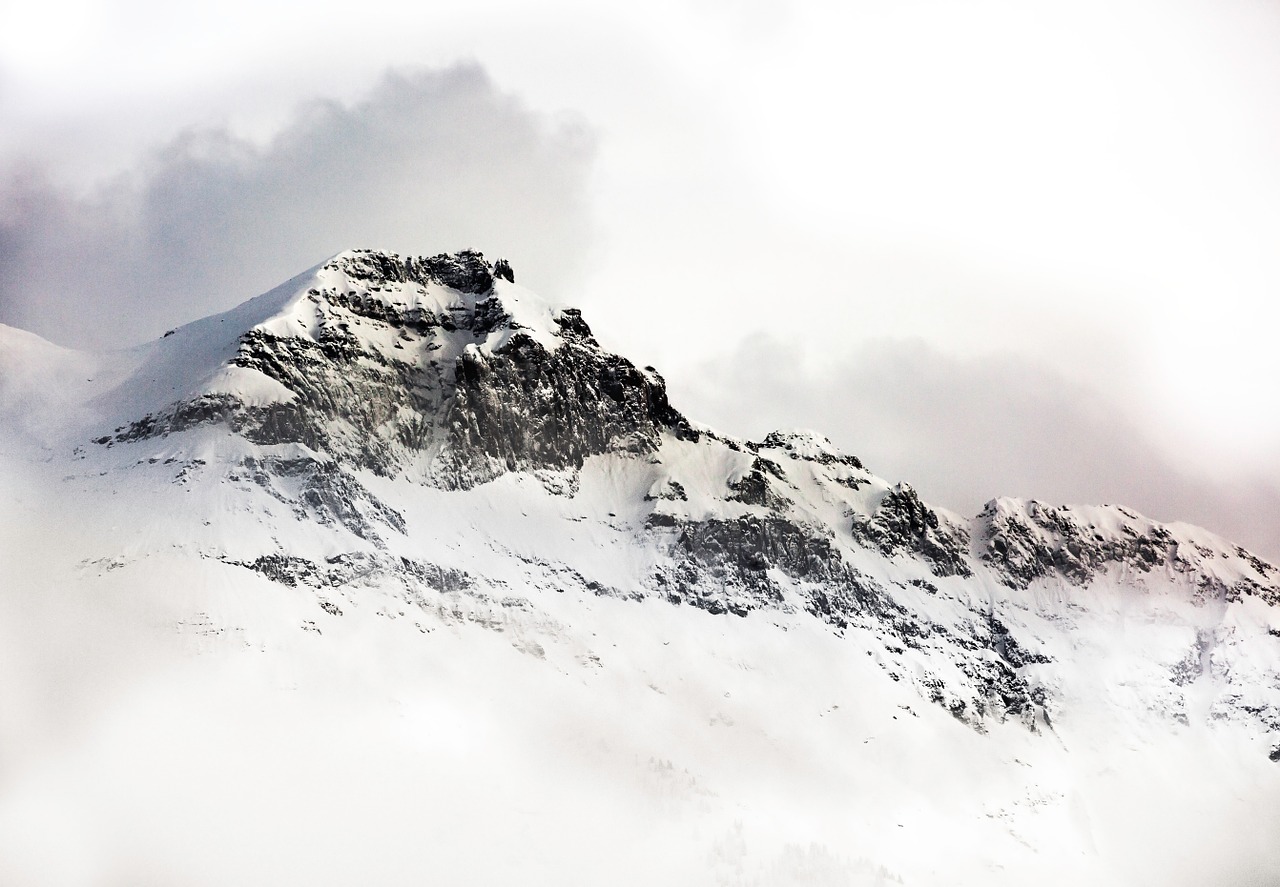Although snow’s role in mountain ecosystems is a vital one, research into snow cover changes and their potential consequences in mountain systems is lacking.
Vice Head of the Institute for Earth Observation at EURAC Dr. Claudia Notarnicola presents in her paper “Hotspots of snow cover changes in global mountain regions over 2000-2018” that over three-fourths of the world’s mountain areas are receiving up to 43 days less of snow, and that 13% less ground area is covered by snow. In addition, half of mountain areas experienced both delayed snow onset and earlier snow melt.
Her research confirms that the main cause of snow onset and melt is air temperature, while the winter season is most affected by a combination of air temperature and precipitation.
“The changes in snow cover and duration have consequences in several sectors,” says Notarnicola. “The first direct impact is on available water resources for the downstream areas, for the use in agriculture, drinking water, and energy production. Another relevant impact is on the seasonality of vegetation and related implications from wildlife population.”
Citation
Notarnicola, C. (2020) ‘Hotspots of snow cover changes in global mountain regions over 2000-2018.’ Remote Sensing of Environment 243, 111781. https://doi.org/10.1016/j.rse.2020.111781
Photo by Pixabay


